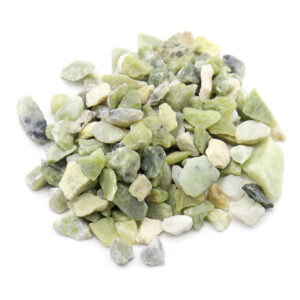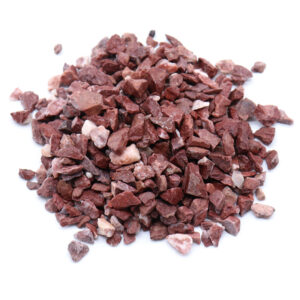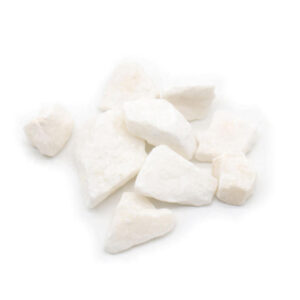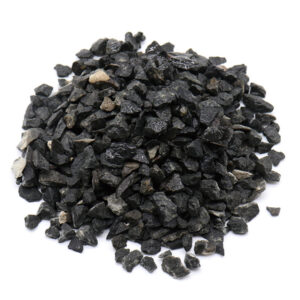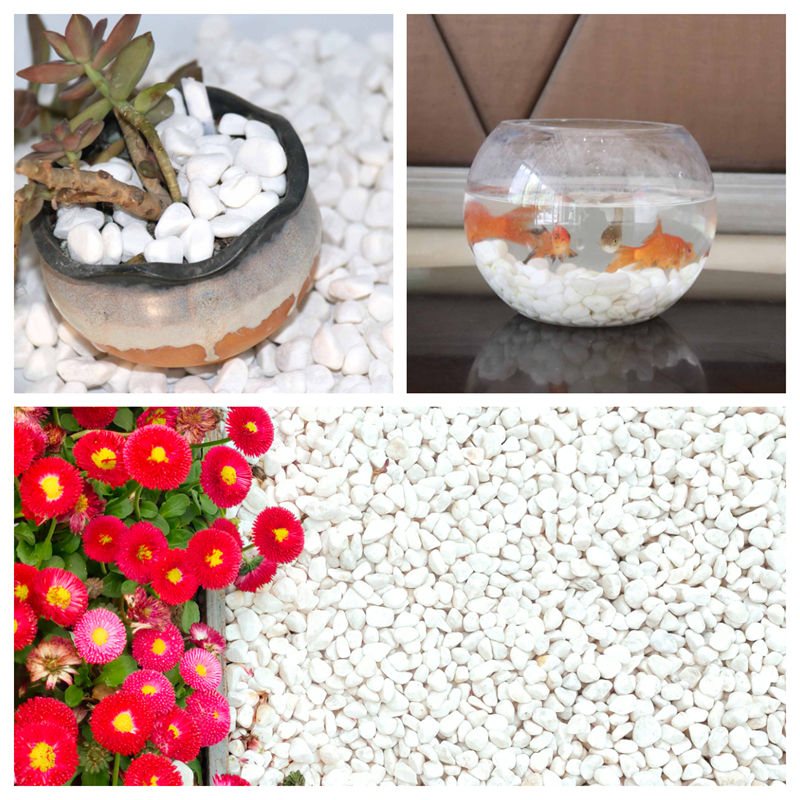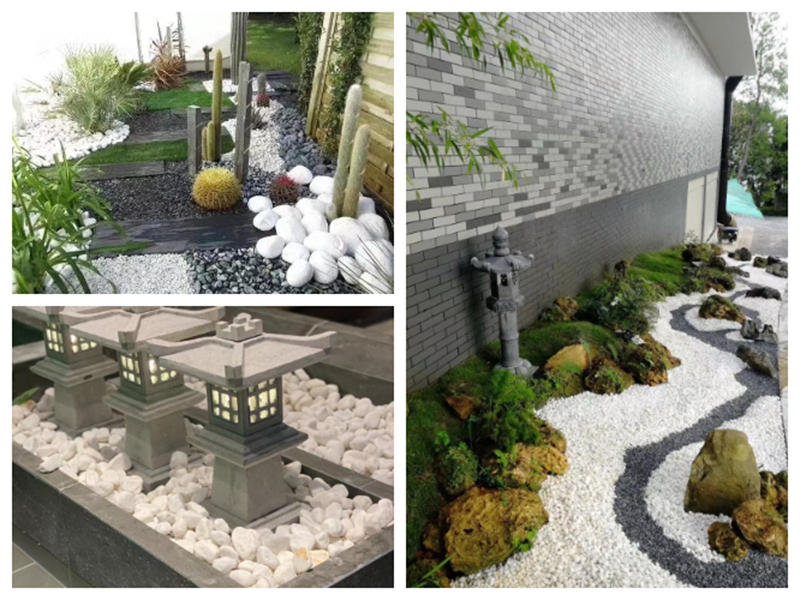Gravels are among the most versatile and widely used materials in landscaping, construction, and decorative design. Their natural textures, colors, and durability make them ideal for a variety of applications, from garden pathways to modern architectural projects. In this guide, we’ll explore the different types of gravels, their applications, and how they can enhance your outdoor spaces.
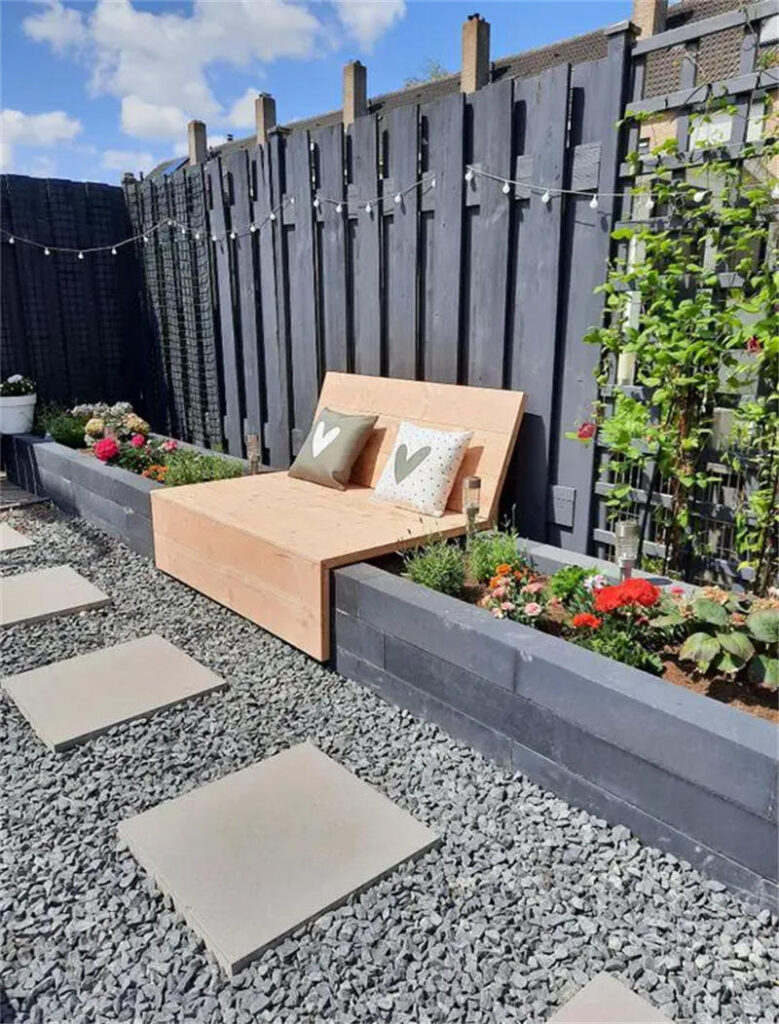
1. Types of Gravels
Gravels come in various forms, each offering unique characteristics that suit different uses. Here are some of the most common types:
1.1 Crushed Stone Gravels
Produced by crushing larger rocks into smaller, angular pieces
Ideal for driveways, pathways, and drainage applications
Offers excellent compaction and stability
1.2 Polished & Tumbled Gravels
Smooth, rounded stones created through tumbling or polishing processes
Commonly used in decorative landscaping, garden beds, and water features
Available in various colors, such as white, black, red, and mixed tones
1.3 Natural River Gravels
Found in riverbeds and naturally rounded by water erosion
Often used for garden borders, pond decorations, and stepping stone paths
Soft and smooth surface with earthy tones
1.4 Colored Gravels
Dyed or naturally occurring gravels in vibrant hues like red, yellow, blue, and green
Suitable for creative garden designs, aquarium decorations, and artistic landscaping
UV-resistant and fade-resistant options available
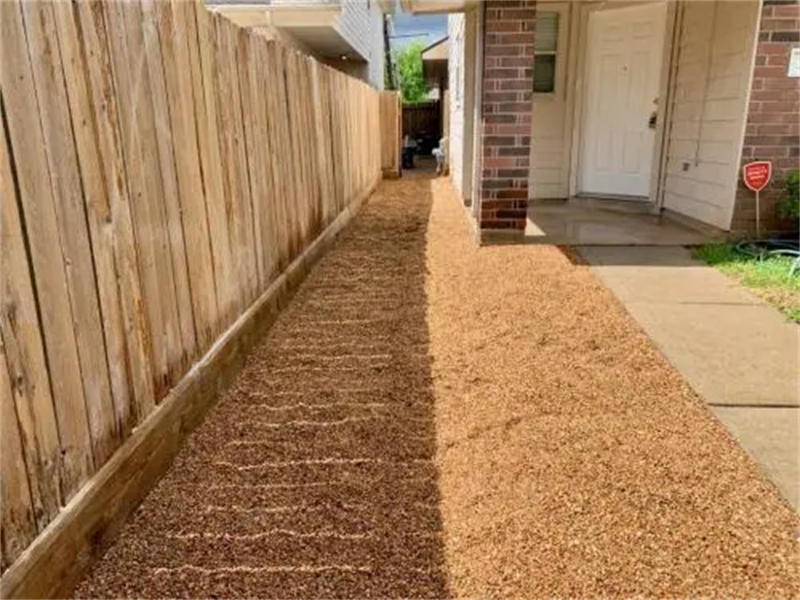
2. Common Applications of Gravels
Gravels are not only aesthetically pleasing but also highly functional. Here are some of the most popular ways to use gravels:
2.1 Landscaping & Garden Design
Used as ground cover to prevent weed growth and retain soil moisture
Enhances pathways, patios, and rock gardens with natural textures
Complements plants, succulents, and decorative outdoor spaces
2.2 Driveways & Pathways
Provides a durable, low-maintenance surface for high-traffic areas
Offers better drainage and prevents water accumulation compared to concrete
Available in various sizes and colors for aesthetic appeal
2.3 Water Features & Aquariums
Ideal for decorating ponds, fountains, and fish tanks
Helps stabilize aquatic plants and create a natural underwater landscape
Non-toxic and safe for fish and other aquatic life
2.4 Construction & Drainage Solutions
Used as a base material for concrete, roads, and foundations
Helps with water drainage in septic systems, retaining walls, and erosion control
Provides stability and strength to construction projects
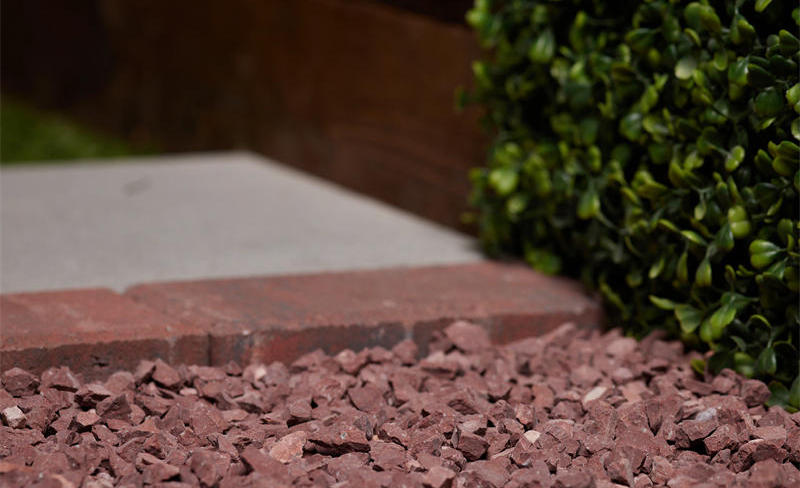
3. Choosing the Right Gravels for Your Needs
When selecting gravels, consider the following factors:
✅ Size: Smaller gravels (4-8 mm) for decorative use, larger ones (20-50 mm) for heavy-duty applications
✅ Color: Match the gravel shade to your design theme (natural, modern, rustic)
✅ Texture: Smooth pebbles for aesthetics, crushed stones for better compaction
✅ Application: Decorative landscaping vs. functional use in drainage and construction
4. Where to Buy High-Quality Gravels?
As an experienced supplier of decorative stones and gravels, we offer a wide range of options, including polished, natural, and crushed gravels in various sizes and colors. Whether you need materials for landscaping projects, aquarium decoration, or construction purposes, we provide customized packaging and global shipping solutions.
For bulk inquiries and custom gravel orders, contact us today!
sales@njbloomstone.com
Product Recomend:
-
Decorative Stone
Jade Green Gravel – Natural Decorative Green Gravel for Landscaping
